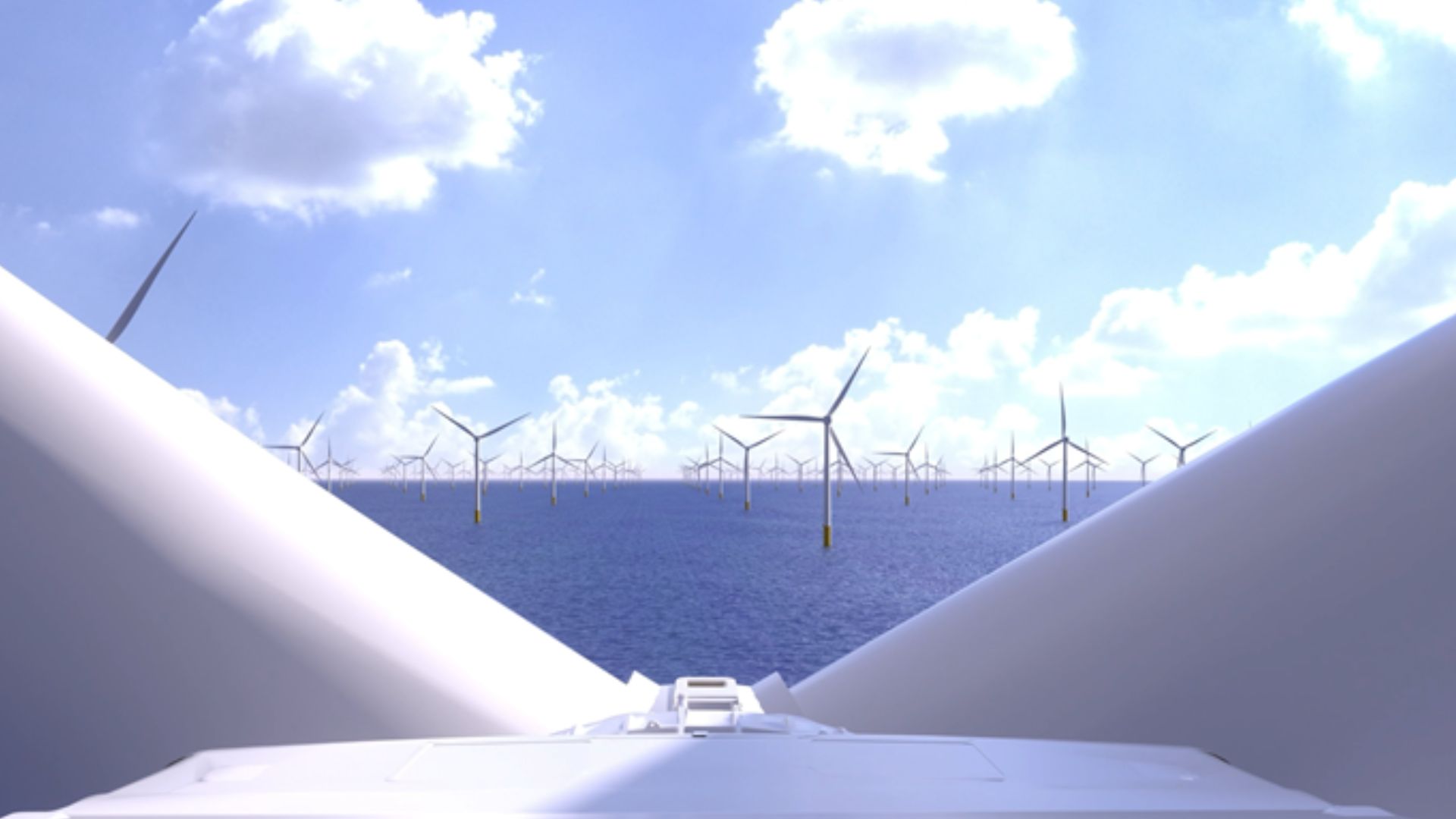The Dogger Bank Wind Farm, the world’s largest offshore wind farm with a capacity of 3.6 GW, is set for an expansion after its developers, SSE and Equinor, have submitted a scoping report for phase D of the project. The latest move could see over two GW of capacity being added to the project, a press release said.
As countries worldwide look for cleaner methods to meet their energy demand, renewable power sources such as wind and solar are being adopted aggressively. For the UK, which has limitations in terms of land and sunshine, offshore wind projects are easier to deploy.
Going offshore with its wind farms also allows the region to tap into the strong winds of the North Sea, leading to the consent for the Dogger Bank Wind Farm in 2015. While the project is still under construction in three phases, its developers are seeking permissions for a fourth phase that could further boost its energy production capacity.
How big is the Dogger Bank Project?
Located up to 124 miles (200 km) off the coast of Yorkshire, the Dogger Bank Project is a group of offshore wind farms located in the North Sea. The project is being built up in phases of 1.2 GW capacity each.
The project is powered by GE’s Halide series of wind turbines, which have a maximum power rating of 14.7 MW. As many as 277 turbines are expected to be installed in the first three phases of the project, leading to a combined power generation capacity of 3.6 GW. At its peak, the project will be able to meet the energy needs of six million homes in the UK.
The project began producing electricity for the first time in October last year. However, the timeline for completing the three phases extends to 2025.
Dogger Bank D shapes up
As the construction activity on the previous phases of the Dogger Bank project continues, its developers, SSE Renewables and Equinor have begun the process for phase D. Construction of wind turbines in this phase would extend the Dogger Bank project to 130 miles (210 km) off the coast.
As per the Transitional Centralised Strategic Network Plan released by the National Grid ESO of the UK, the Dogger Bank D project will connect to the proposed Birkhill Wood substation in the East Riding of Yorkshire, a press release said.
The developers have sought permission for construction from The Crown Estate, the managing authority for seabeds around England, Wales, and Northern Ireland. If granted, the Dogger Bank Phase D will have a capacity of two GW upon completion, adding greater capacity to the world’s largest offshore wind farm.
Due to its power generation capacity, Dogger Bank Phase D is classified as a Nationally Significant Infrastructure Project (NSIP) and requires an Environmental Impact Assessment (EIA) before proceeding.
A scoping report carried out by the developers sets the process for the EIA in motion.
“The Scoping Report is an important milestone for Dogger Bank D and is a key part of the development of an offshore wind farm. The report lays out the scope of the project proposals and identifies key environmental factors,” said Rob Cussons, Project Director for Dogger Bank D at SSE Renewables, in a press release.
“We look forward to receiving a Scoping Opinion from the Planning Inspectorate and input from consultees which will help inform our development proposals,” Cussons added.
ABOUT THE EDITOR
Ameya Paleja Ameya is a science writer based in Hyderabad, India. A Molecular Biologist at heart, he traded the micropipette to write about science during the pandemic and does not want to go back. He likes to write about genetics, microbes, technology, and public policy.

